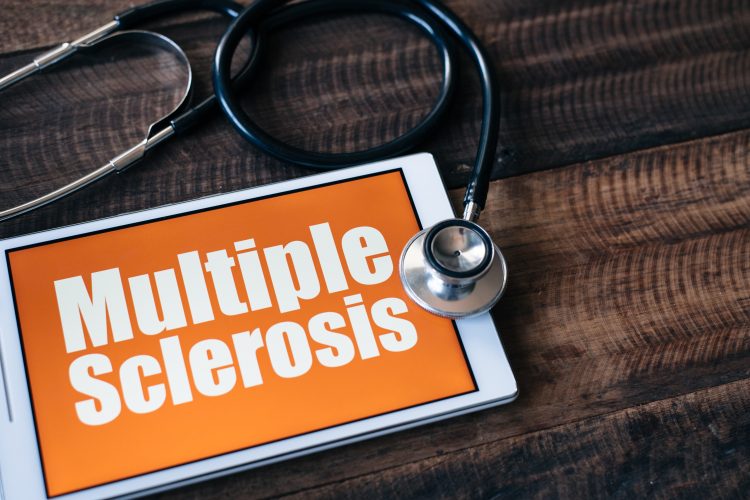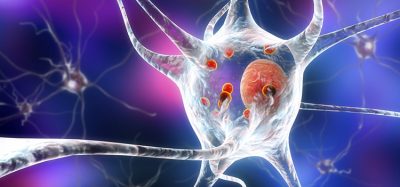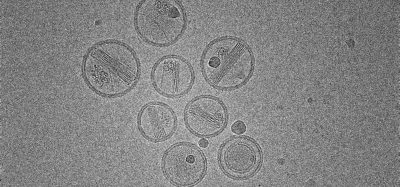DARG cells may drive neurodegeneration in progressive MS
Posted: 13 October 2025 | Drug Target Review | No comments yet
Scientists have discovered a rare type of brain cell that appears to drive the chronic inflammation seen in progressive multiple sclerosis – which could potentially lead to new disease-modifying therapies.


Scientists have identified an unusual type of brain cell that may play a vital role in progressive multiple sclerosis (MS), likely contributing to the persistent inflammation characterised by the disease.
The study advances our understanding of the complex mechanisms that drive progressive MS and provides scientists with new research opportunities to develop more effective therapies for the condition.
A complex and relentless disease
MS is a chronic disorder in which the immune system mistakenly attacks the brain and spinal cord, disrupting communication between the brain and the rest of the body. Many people initially experience relapsing symptoms, but a large proportion eventually transition to progressive MS – a stage characterised by steady neurological decline and few effective treatment options.
This progression is driven by chronic inflammation and neurodegeneration, but the precise cellular mechanisms responsible have always been elusive.
Modelling MS in the lab
To investigate these mechanisms, researchers at the University of Cambridge and the National Institute on Aging took skin cells from patients with progressive MS and reprogrammed them into induced neural stem cells (iNSCs). These immature cells can divide and differentiate into various types of brain cells, which can be used to model the disease in a controlled laboratory setting.
Using this ‘disease in a dish’ approach, the team observed that a subset of the cultured brain cells began reverting to an earlier developmental state, transforming into an unusual cell type known as radial glia-like (RG-like) cells. These cells appeared approximately six times more frequently in iNSC lines derived from individuals with progressive MS compared to healthy controls. The researchers named them disease-associated RG-like cells (DARGs).
Cells that ‘actively spread damage’
DARGs share the key characteristics of radial glia-cells that act as scaffolding during brain development and generate other neural cell types. However, the researchers found that DARGs also display signs of premature aging, creating a paradoxical mix of immaturity and deterioration.
DARGs share the key characteristics of radial glia-cells that act as scaffolding during brain development and generate other neural cell types.
“Progressive MS is a truly devastating condition, and effective treatments remain elusive. Our research has revealed a previously unappreciated cellular mechanism that appears central to the chronic inflammation and neurodegeneration driving the progressive phase of the disease,” said Professor Stefano Pluchino, joint senior author from the Department of Clinical Neurosciences at the University of Cambridge. “Essentially, what we’ve discovered are glial cells that don’t just malfunction – they actively spread damage. They release inflammatory signals that push nearby brain cells to age prematurely, fuelling a toxic environment that accelerates neurodegeneration.”
Confirming DARGs in the human brain
The researchers validated their findings by analysing gene expression patterns at the single-cell level and examining new data showing the spatial distribution of RNA within post-mortem MS brain tissue. This revealed that DARGs were concentrated within chronically active lesions – areas of the brain that experience the most severe and persistent damage in progressive MS.
DARGs were located near inflammatory immune cells, suggesting they play a key role in maintaining the damaging inflammatory environment characteristic of the disease.
Towards disease-modifying treatments
By isolating and studying these disease-driving cells in vitro, the researchers hope to map their interactions with other brain cells, including neurons and immune cells. This could reveal how inflammatory and degenerative processes reinforce each other in progressive MS.
By isolating and studying these disease-driving cells in vitro, the researchers hope to map their interactions with other brain cells, including neurons and immune cells.
“We’re now working to explore the molecular machinery behind DARGs, and test potential treatments. Our goal is to develop therapies that either correct DARG dysfunction or eliminate them entirely,” said Dr Alexandra Nicaise, co-lead author from the Department of Clinical Neurosciences at Cambridge. “If we’re successful, this could lead to the first truly disease-modifying therapies for progressive MS, offering hope to thousands living with this debilitating condition.”
A broader role in neurodegeneration
So far, DARGs have only been reported in a handful of conditions such as glioblastoma and cerebral cavernomas. However, the researchers believe this may be due to a lack of suitable tools to detect them. The scientists suggest their approach could discover similar cell types in other neurodegenerative diseases, potentially changing how scientists treat chronic brain disorders in the future.
Related topics
Cell Cultures, Central Nervous System (CNS), Disease Research, Drug Discovery, Drug Discovery Processes, Epigenetics, In Vitro, Neurons, Neuroprotection, Neurosciences, Stem Cells, Translational Science
Related conditions
Multiple Sclerosis (MS)
Related organisations
National Institute on Aging, University of Cambridge








